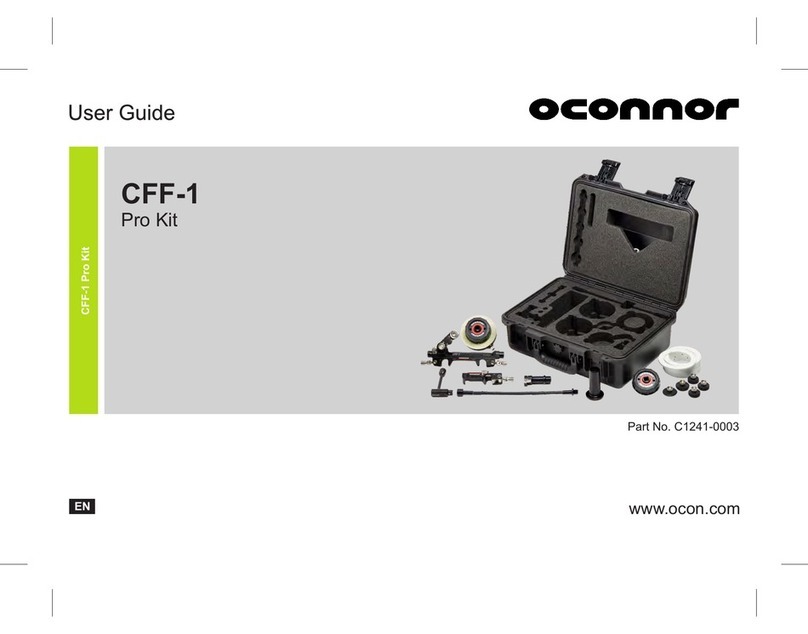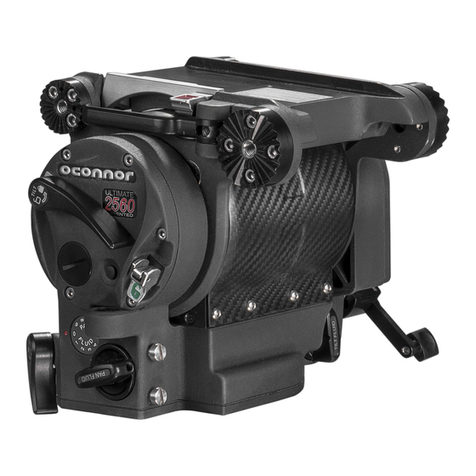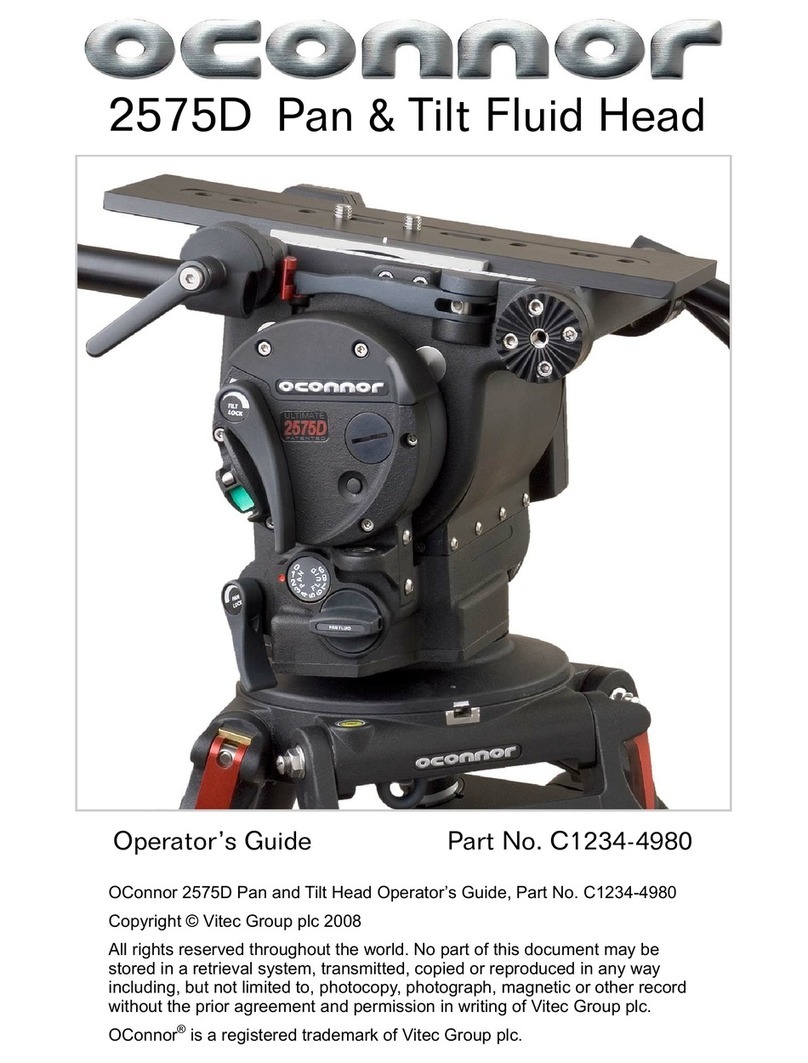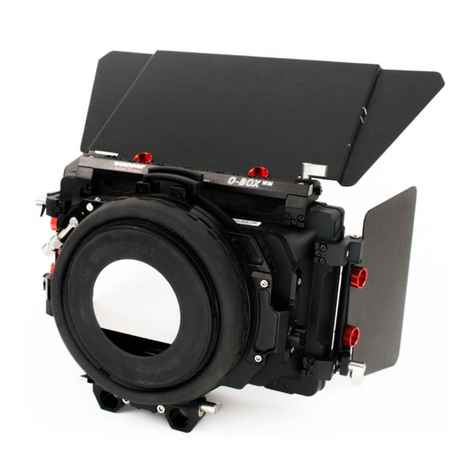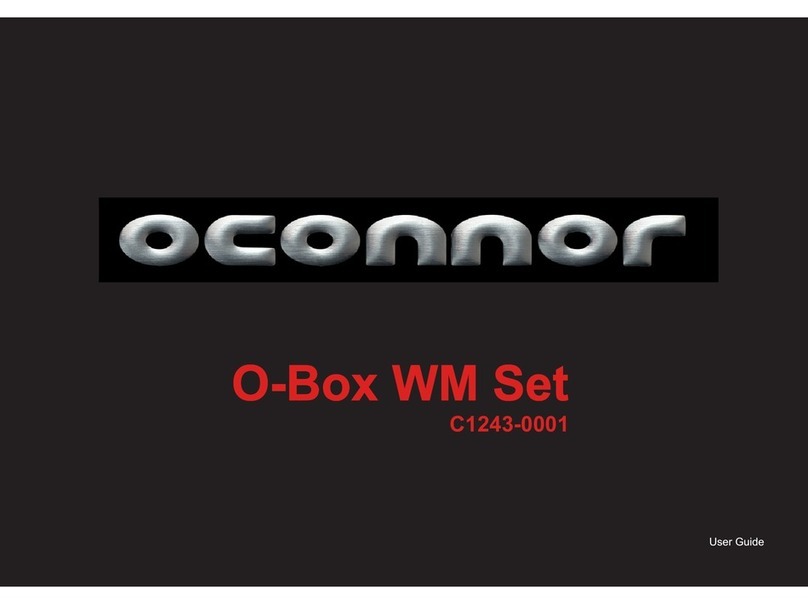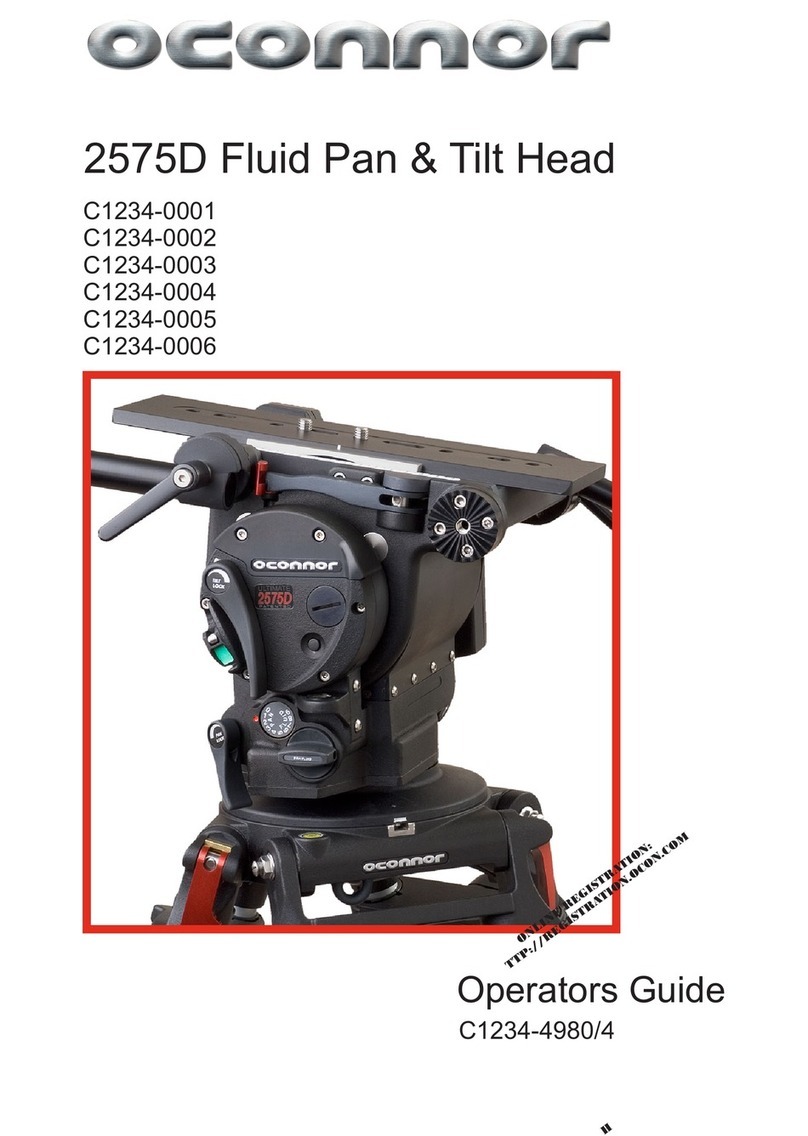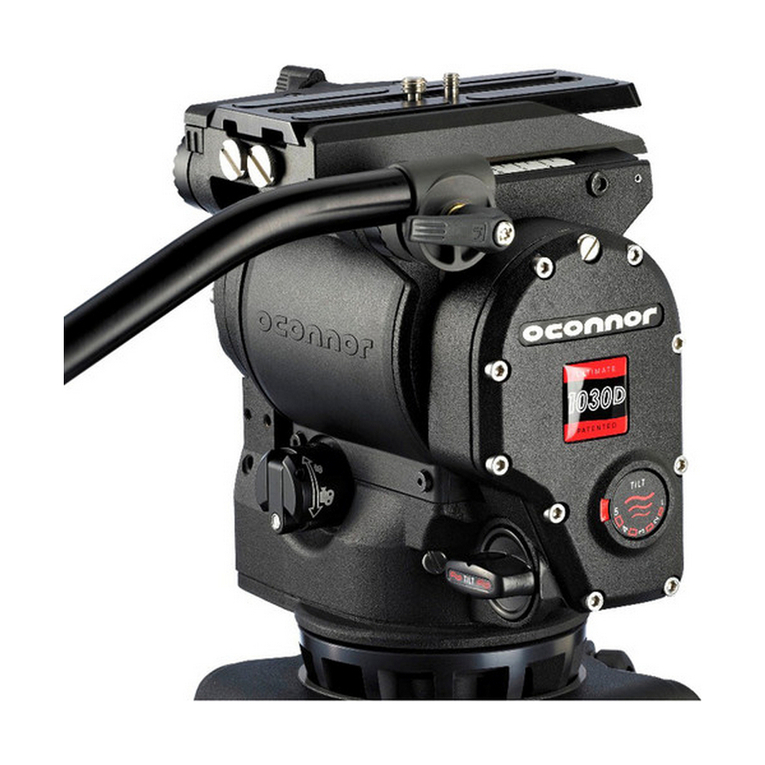
7
Contents
Preface ...............................2
Features and benefits of your new 120EX . . . . . . . . . 2
The EX-Mode . . . . . . . . . . . . . . . . . . . . . . . . . . . . . . 2
Other Features . . . . . . . . . . . . . . . . . . . . . . . . . . . . . 3
Safety - Read This First . . . . . . . . . . . . . . . . . . 4
Technical Data . . . . . . . . . . . . . . . . . . . . . . . . . 5
Further Information . . . . . . . . . . . . . . . . . . . . . 6
Contents..............................7
Introduction ...........................9
Extended Capacity Balance . . . . . . . . . . . . . . . . . . . 10
Digital Display . . . . . . . . . . . . . . . . . . . . . . . . . . . . . . 10
Ultra Smooth Fluid Drag . . . . . . . . . . . . . . . . . . . . . . 10
Pan And Tilt Locks . . . . . . . . . . . . . . . . . . . . . . . . . . . 10
Tilt Lock Pin . . . . . . . . . . . . . . . . . . . . . . . . . . . . . . . . 11
Illuminated Bubble Level . . . . . . . . . . . . . . . . . . . . . . 11
Handle Mounting . . . . . . . . . . . . . . . . . . . . . . . . . . . . 11
Camera Mounting Platform . . . . . . . . . . . . . . . . . . . . 11
Mitchell Mount . . . . . . . . . . . . . . . . . . . . . . . . . . . . . . 11
Operation ............................12
Installing The Head . . . . . . . . . . . . . . . . . . . . . . . . . . 12
Handles . . . . . . . . . . . . . . . . . . . . . . . . . . . . . . . . . . . 12
Eyepiece Leveler . . . . . . . . . . . . . . . . . . . . . . . . . . . . 12
Mounting A Camera . . . . . . . . . . . . . . . . . . . . . . . . . . 13
Stability . . . . . . . . . . . . . . . . . . . . . . . . . . . . . . . . . . . 13
Balancing The Head . . . . . . . . . . . . . . . . . . . . . . . . . 14
Fore And Aft Balance . . . . . . . . . . . . . . . . . . . . . . . 14
Payload Weight And C of G Height Adjustment. . . . . 16
Locking The Platform. . . . . . . . . . . . . . . . . . . . . . . . . 16
Pan And Tilt Locks . . . . . . . . . . . . . . . . . . . . . . . . . . . 17
Pan And Tilt Fluid Drag . . . . . . . . . . . . . . . . . . . . . . . 17
The Balance Display . . . . . . . . . . . . . . . . . . . . . . . . . 17
Low Battery . . . . . . . . . . . . . . . . . . . . . . . . . . . . . . 17
Operator's Guide - OConnor 120EX Pan and Tilt Head
www.ocon.com OConnor Engineering






